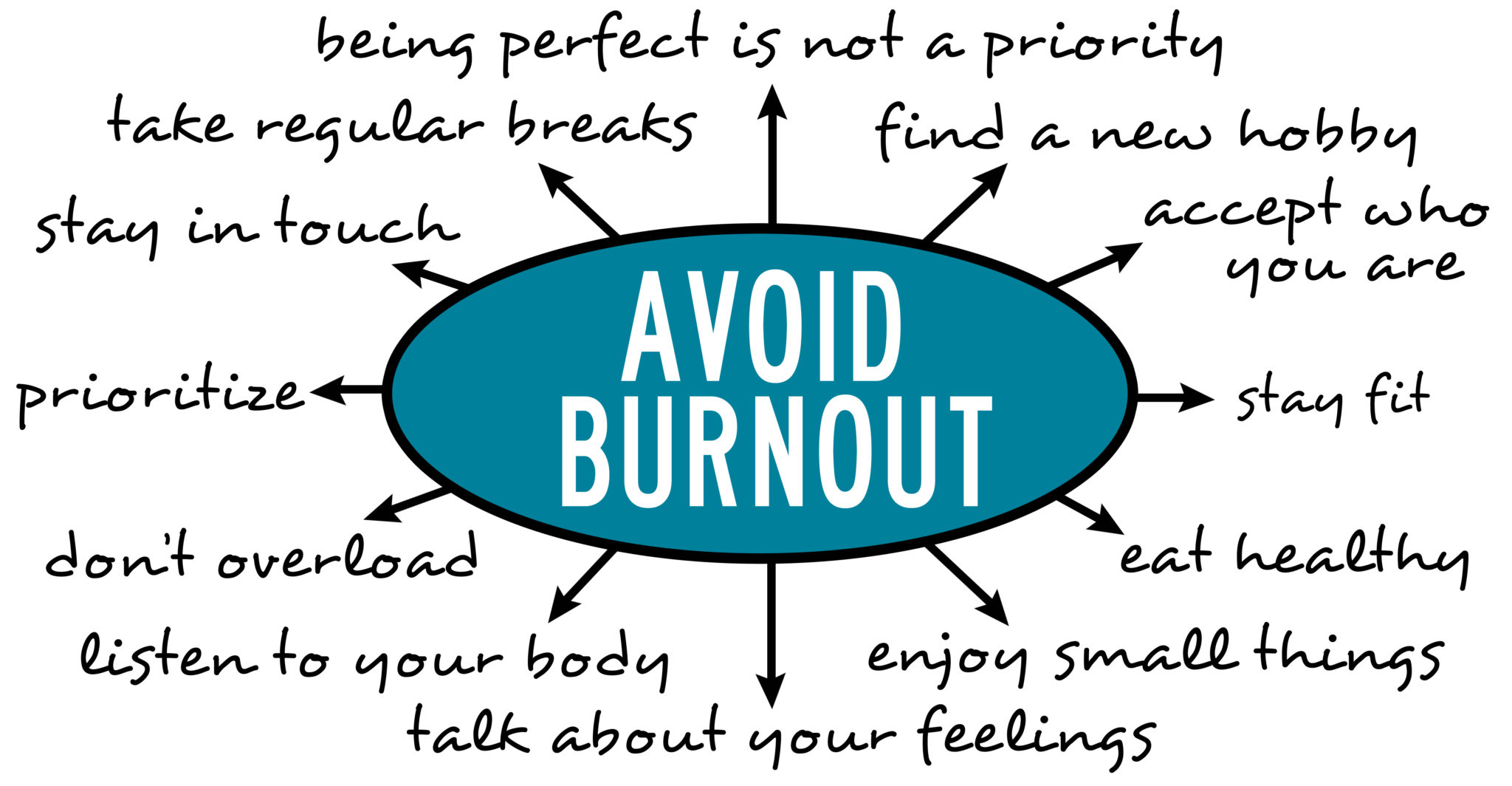Introduction to Planner 5D’s AI Tools
Imagine walking through your dream home, every corner reflecting your style and preferences. Now, imagine that this dream was brought to life not just by a talented designer but by sophisticated AI tools. Planner 5D is at the forefront of this innovative trend, merging technology with creativity to revolutionize home design. As artificial intelligence continues to evolve, it opens up exciting possibilities for homeowners and designers alike.
But how does it all work? Can machines truly understand our visions for spaces where we live, laugh, and create memories? Join us as we delve into Planner 5D’s AI tools and explore whether technology can really help you design the perfect environment tailored just for you. Get ready to rethink what’s possible in home design!
How Does Artificial Intelligence Work in Home Design?
Artificial intelligence in home design operates through complex algorithms and data analysis. It starts by gathering user preferences, such as style, color, and layout. This information feeds into the AI system to create personalized design options.
The technology utilizes machine learning to understand patterns in existing designs. By analyzing successful projects, it learns what combinations work best together. This allows for recommendations that reflect current trends while also catering to individual tastes.
AI tools can simulate different scenarios instantly. Users can see how various elements interact within a space, from furniture arrangements to lighting effects. The adaptability of these tools makes them powerful allies in visualizing a dream home before any physical changes are made.
Moreover, virtual reality integrations enhance this experience further by allowing clients to explore their spaces more immersively. With each iteration of the design process, AI continues evolving its recommendations based on user feedback and new data inputs.
Benefits of Using AI in Home Design
AI in home design brings a wealth of advantages. One major benefit is efficiency. Tasks that once took hours can now be completed in minutes, allowing designers to focus on creativity rather than logistics.
Customization is another key aspect. AI tools analyze user preferences and suggest tailored designs, making it easier for homeowners to achieve their dream home vision without the overwhelming choices often found in traditional design processes.
Cost-effectiveness plays a significant role as well. By streamlining workflows and reducing errors, AI minimizes unnecessary expenses. Homeowners save money while maximizing their design potential.
Furthermore, these tools offer real-time visualizations. Users can see how elements work together instantly, enhancing the decision-making process significantly.
Accessibility improves as more people gain access to sophisticated design software that was once limited to professionals alone, democratizing the world of interior design like never before.
Limitations and Challenges of AI in Home Design
AI tools in home design offer incredible possibilities, but they are not without limitations. One major challenge is the lack of human intuition. While AI can generate designs based on data and trends, it may miss the nuances of personal style.
Another significant hurdle is adaptability. Every homeowner has unique preferences and needs that might not fit into a predetermined algorithm. Customization often requires human input to ensure satisfaction.
Moreover, AI relies heavily on existing data for its recommendations. If the dataset lacks diversity or contains biases, it could lead to uninspired or unrepresentative designs.
Technical glitches can also pose problems during the design process. Users may encounter bugs that disrupt their workflow or affect final outputs.
Integrating these advanced tools into traditional workflows poses challenges for many designers who fear losing their creative touch amid technological advancements.
User Experiences with Planner 5D’s AI Tools
Users have been enthusiastic about Planner 5D’s AI tools. Many appreciate how intuitive the interface is, allowing them to visualize their dream home with ease.
Feedback often highlights the time-saving aspect of these tools. What once took days can now be accomplished in hours. Users enjoy instant layout suggestions and design options tailored to their preferences.
Some users mention that they felt inspired by the AI-generated designs. The ability to experiment with colors, textures, and layouts has sparked creativity in ways they hadn’t anticipated.
However, experiences vary. While some find it a perfect fit for their needs, others feel that certain personalized touches might lack depth compared to human designers.
These varied perspectives showcase an evolving relationship between technology and personal style. As more people explore these innovative features, it’s clear that user feedback will continue to shape future developments in AI-driven design tools.
The Future of AI in Home Design
The future of AI in home design is brimming with possibilities. As technology evolves, we can expect more intuitive tools that understand our preferences deeply. Imagine an AI that learns your style over time, suggesting layouts and color palettes tailored just for you.
Smart algorithms will soon analyze current trends and historical data to predict what designs resonate most with users. This means your dream home could reflect not only personal taste but also emerging aesthetics from around the world.
Collaboration between designers and AI will become seamless. Professionals might leverage advanced tools to enhance their creativity rather than replace it.
As virtual reality becomes mainstream, envision stepping into a digital replica of your dream space created by AI before any physical work begins. The intersection of innovation and imagination promises to redefine how we visualize our living environments.
Balancing Human Creativity and Technological Advancements
The intersection of human creativity and technological advancements is a fascinating space, especially in home design. While AI tools like those from Planner 5D bring remarkable efficiency and innovation to the process, they are not without limitations.
Humans possess an emotional intelligence that machines simply cannot replicate. The essence of creating a dream home lies not just in functionality but also in personal touches and artistic flair. A well-designed space resonates with its inhabitants; it tells their story.
AI can provide countless options based on data trends and user preferences, yet it still relies on humans to interpret these suggestions meaningfully. Designers utilize AI’s powerful capabilities while infusing projects with their unique style, making each creation extraordinary.
As technology advances further, the role of designers will likely evolve into one where collaboration between man and machine becomes paramount. This synergy could redefine what we consider possible in interior design.
Striking this balance allows for a richer creative process that harnesses the best of both worlds—artistry guided by intelligent insights ensures that every dream home designed is as individual as its owner.




